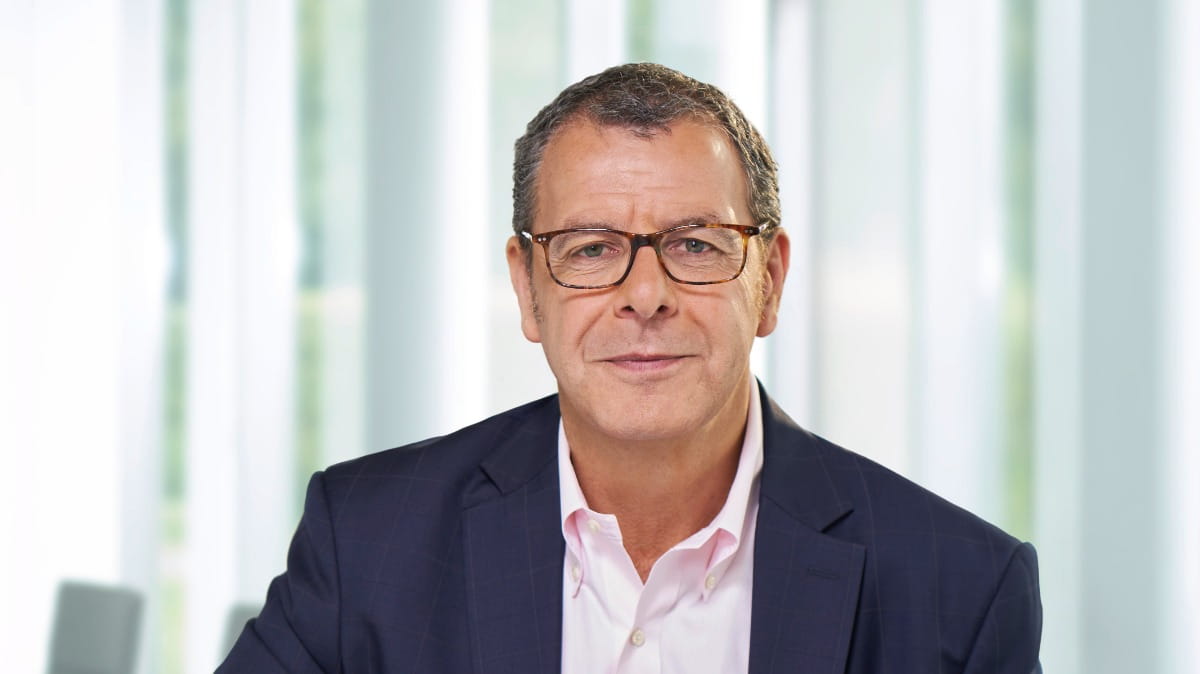
The Omicron variant is spreading around the world and SARS-CoV-2 infections are rising sharply in the US as the next wave of the virus takes hold thanks to the holiday season of traveling and hugging (and traveling again). Omicron is the world’s fifth “variant of concern” in the space of a year. Despite all our efforts to socially distance, test for infections and get vaccinated, the virus continues to outpace us. We are not learning from experience.
A global effort is needed
The surveillance problem redoubles the message that came with vaccination. We’ll only beat SARS-CoV-2 through a far-sighted worldwide effort. When it comes to NGS, much of the world remains a terra incognita, we have no idea what new variants might already abound there. The UK is sequencing 11 percent of positive cases, the US three percent, countries in much of Africa, South America and Southeast Asia between almost none and 0.5 percent.
Some scientists reckon countries should be sequencing five percent of positive cases in order to detect emerging strains when they make up one percent of all strains in the population. Others argue for sequencing 30 percent or more to catch variants even earlier. From the US to Uganda to Uzbekistan, we need huge investment in public-health infrastructure, so that countries can, for example, monitor communities’ wastewater for the virus in all its variants.
Only by spotting the appearance and spread of new variants early can we ensure that our tests, vaccines, and treatments will continue to be effective. Ramping up global genetic surveillance would give us more time to prepare for the next variant of concern – ideally even containing its outbreak locally or regionally before it fires the next global frenzy. That would help us finally beat this pandemic – and also help us prevent the next one.



